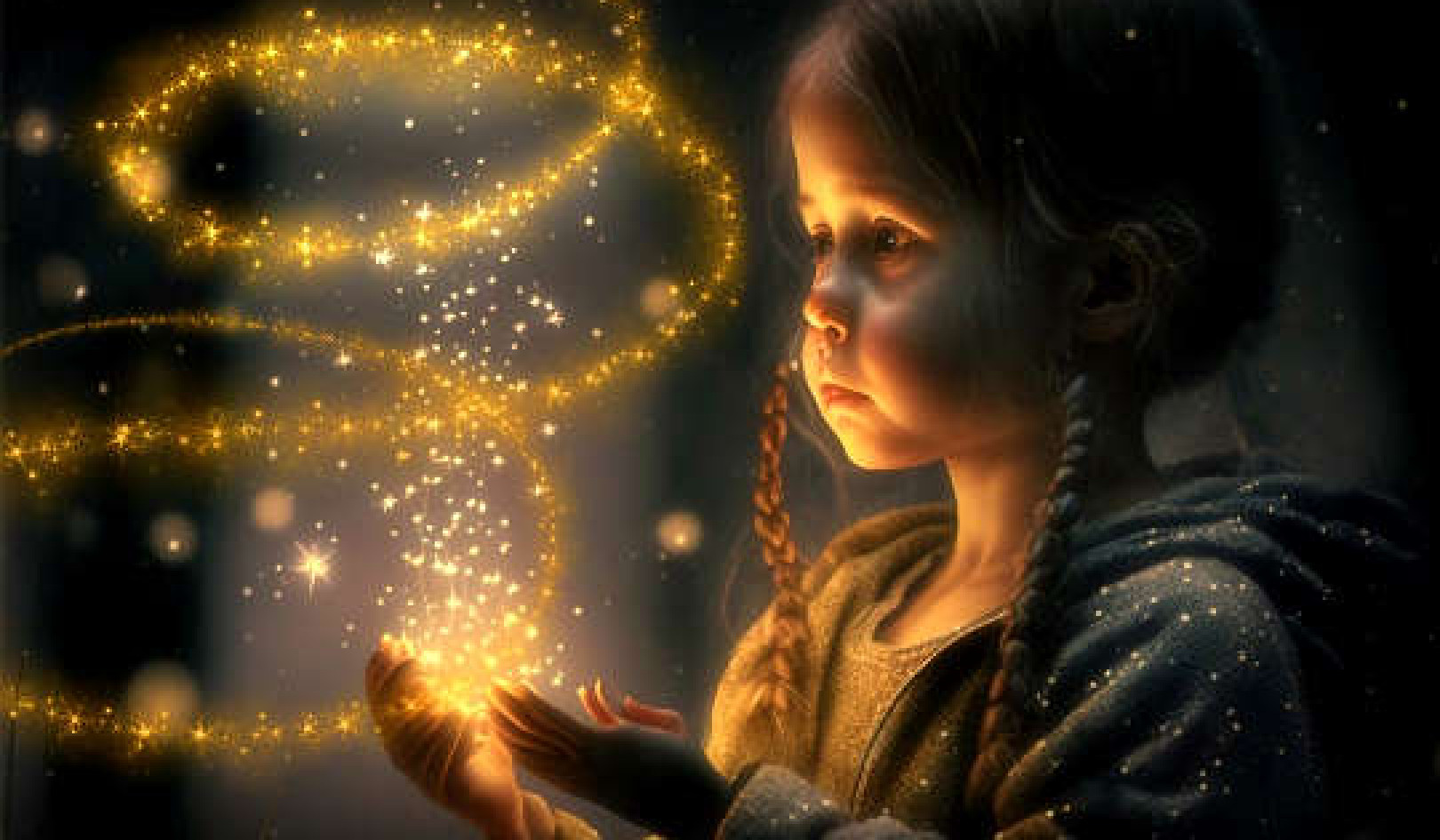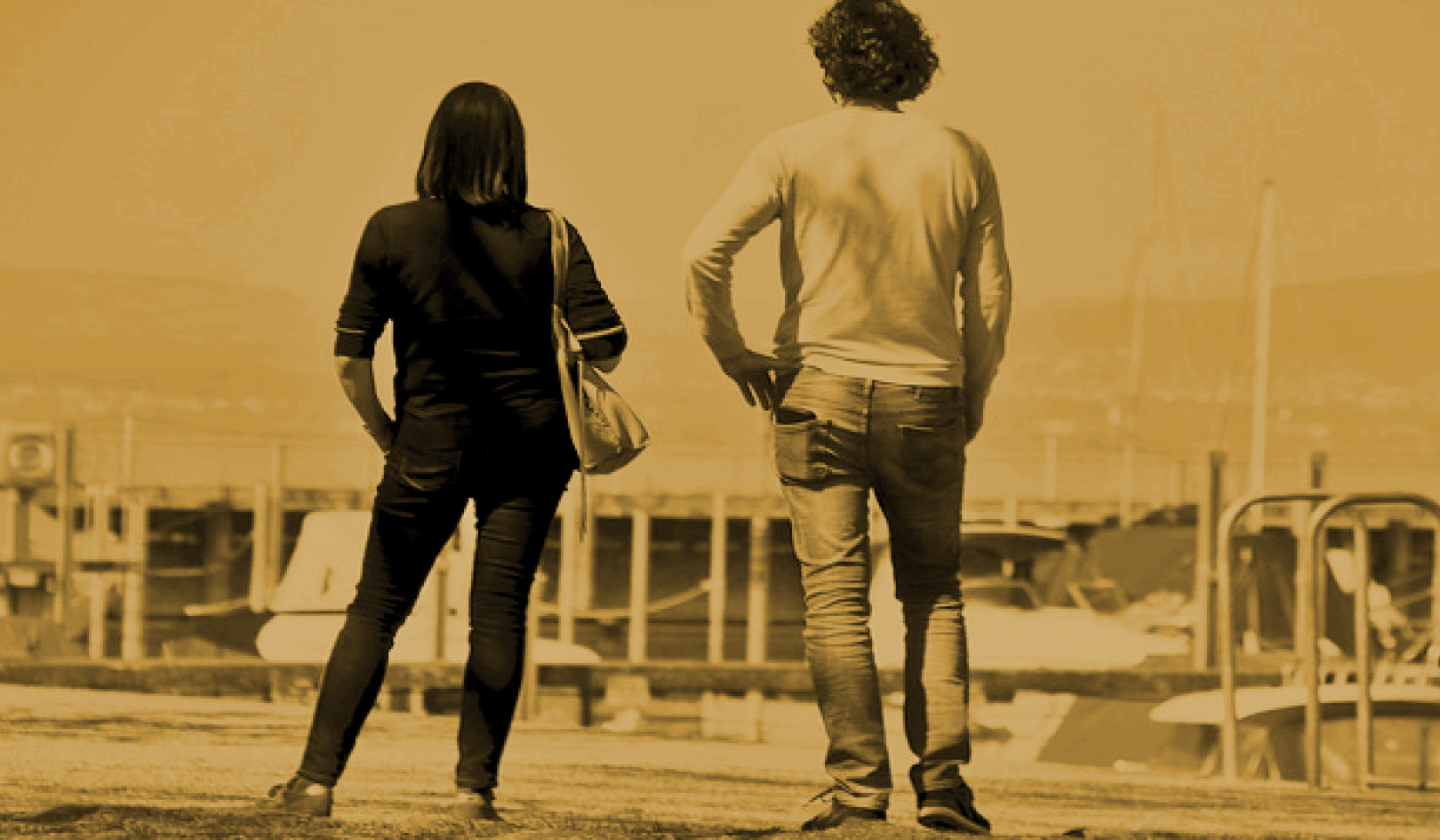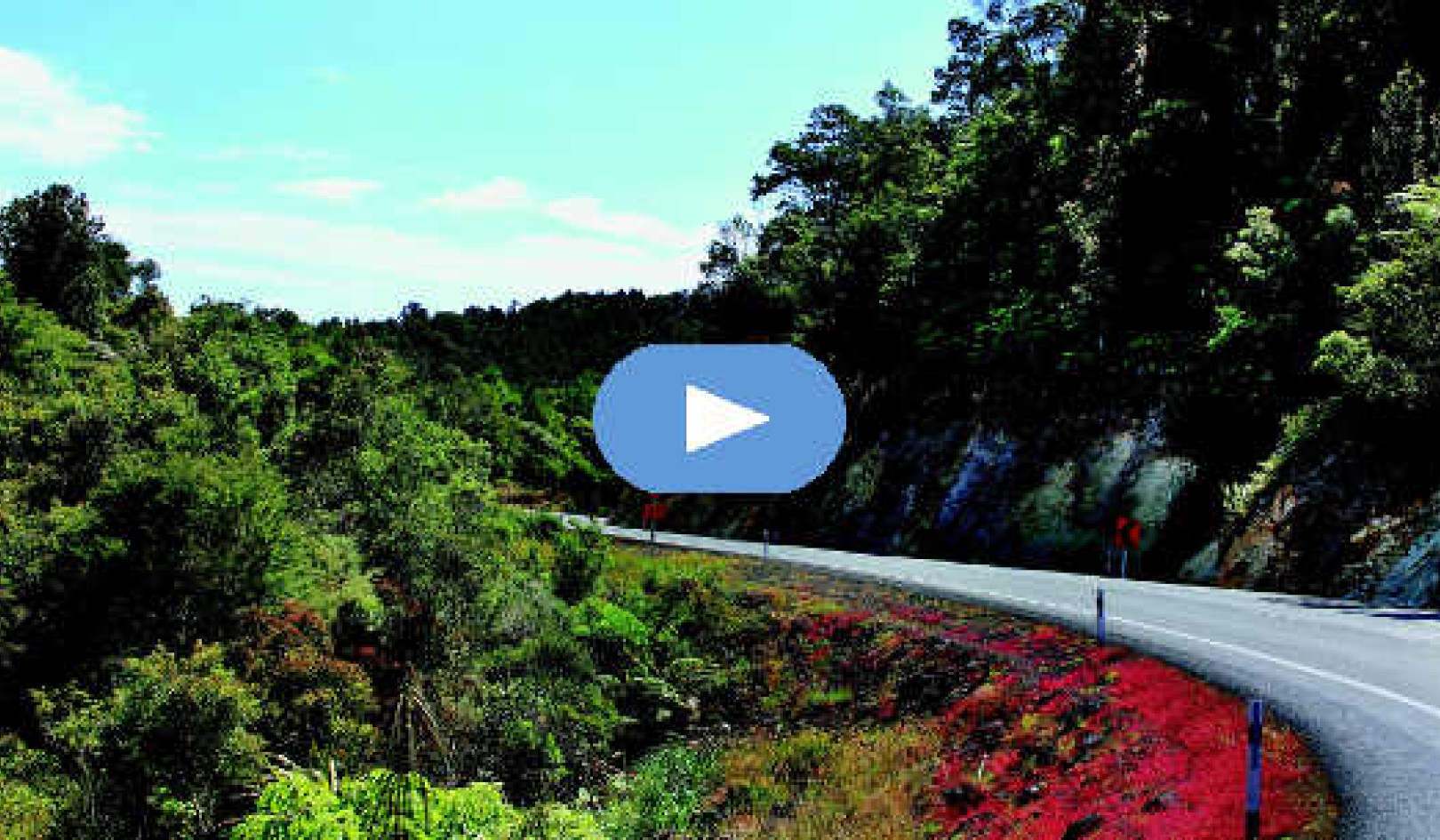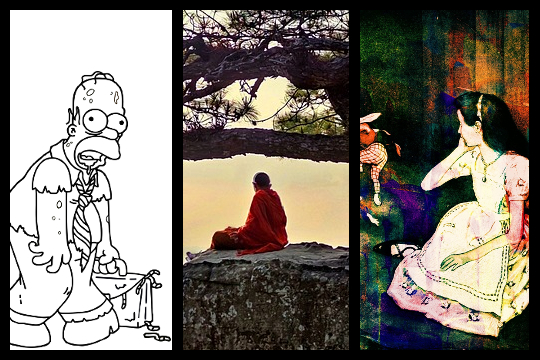
Images: Vladan Rajkovic (Homer); Mario Kung (Buddha); Prawny (Alice) from Pixabay
Once we believe in ourselves, we can risk curiosity, wonder, spontaneous delight, or any experience that reveals the human spirit. — E.?E. Cummings
“We are descendants of the nervous apes,” my Google scientist friend Mario often says to me. “Our ancestors that were chill were killed. The ones that were regularly scanning for threats survived. We have inherited their genes.”
We are extremely adept at scanning for threats. When threatened, our emotional alarm bells go into full alert mode, and we easily shift from alert to a full display of anger. The antidote to scanning for threats and responding with anger is to train ourselves to be curious about our feelings and the intentions of others.
What conclusions do we make and what stories do we tell when we get even the slightest whiff of a threat? I sometimes think we should all have these four words — “be curious, not furious” — sewn into our clothing for easy and regular access so we learn to pause and question.
Did Curiosity Kill the Cat?
When I was a child, I had a grade-school teacher who often admonished me whenever I inquired about issues she either didn’t understand, didn’t want to reveal, or was just too tired to respond to: “Curiosity killed the cat.” This was her constant warning to my young and inquiring mind. Her message was that I needed to protect myself from what I didn’t know. Staying safe meant not asking. Or as some put it today, I needed to “stay in my lane.”
Apparently, the expression “curiosity killed the cat” was first used in 1598 in a play where William Shakespeare was one of the actors. The original phrase said either “care” or “sorrow” killed the cat, but over the years and through translations, care and sorrow morphed into curiosity. How unfortunate. More times than not, I suspect that curiosity is what saves cats.
Curiosity Comes Naturally
Curiosity is how we learn and grow. And curiosity may be the most powerful and important attribute for cultivating clarity, fostering compassionate accountability, and finding more effective solutions to our problems.
As an executive coach, I often work with leaders and managers who feel stuck, frustrated, or both. They make statements like:
“Nothing ever changes in my organization.”
“I feel depleted, sometimes furious after our team meetings.”
“I don’t feel acknowledged in my work for who I am and what I do.”
Cultivating Trust Requires Genuine Effort
In many workplaces, cynicism, lack of wholeheartedness, and disengagement often seem to be everyone’s default attitude. One reason is because creating relationships and cultures of trust requires ongoing vulnerability, skill, and curiosity. I’ve noticed that if we are not cultivating trust, we are cultivating cynicism, and putting genuine effort into cultivating trust is hard work.
When we don’t feel heard or recognized, when we don’t see changes implemented and problems solved, cynicism comes easily. Curiosity is a potent antidote for this. It’s the first step for creating trust and cultivating environments where we bring our whole selves to our work, family, and relationships. Curiosity helps us to be fully engaged with others.
Homer, Buddha, and Alice Walk into a Bar...
In practice, what does it mean to be curious? What are we meant to be curious about, and how does this help us find clarity and develop compassionate accountability? To help answer these important questions, I decided to consult with three esteemed experts: Homer Simpson, the Buddha, and Alice in Wonderland.
Homer Simpson: Accountability Expert
Homer Simpson is a well-known expert on suffering and self-pity. He exemplifies a profound lack of agency. Nothing ever goes right for him, and whenever something does work out, that seems to happen only so that he might fail later in an even more spectacular fashion. Perpetually self-involved, Homer is particularly proficient at seeing himself as a victim of circumstances and at evading accountability.
Not that Homer ever gives up. He is continually hopeful that this time things will go his way. He has high expectations even though his every effort seems to be met with painful obstacles, challenging conflicts, and uncooperative people. When he is yet again frustrated by events, Homer’s famous lament is, “Why does everything have to be so HARD!?”
I find myself echoing Homer fairly often these days. I have come to label this particular reaction as “my inner Homer,” though it could be called “my inner grump” or “my inner victim.”
It takes effort to understand others and to work more effectively with conflicts. Changing and the possibility of transforming our relationships and our environments requires both inner work and outer work. It means altering our views about ourselves and how we see the world; it means growing our communication skills and how we work with misunderstandings and breakdowns.
This endeavor frequently has us wondering, along with Homer: Why does everything have to be so hard? To better understand that, let’s turn to our next expert.
The Buddha: Clarity Expert
The Buddha has been revered for more than two thousand years for his efforts to transform suffering into satisfaction and greater freedom. His story starts in the Indian Himalayas, where a king and queen had a son, a prince, whom they wanted to be happy. So they provided him with all the support and material goods they could and completely sheltered him from the outside world.
Had this been Homer Simpson, the story might have ended there. But over the years, the prince grew bored, unsatisfied, and restless with the endless comforts of his life, and with the help of one of the palace servants, he managed to escape one night so he could see how the rest of the world lived.
He was surprised and transformed by what he saw. He came across a person who was sick, a person who was old, and a person who was dying. He was deeply moved and upset by how much difficulty, pain, and struggle people experienced.
He was also curious. He wanted to understand the source of suffering and to discover a way to effectively engage with the questions of birth, life, and death. After a series of trial-and-error experiments, he decided to explore being still.
Legend has it that he spent forty-nine days sitting in silence under a fig tree, which became known as the Tree of Awakening. The young prince had a series of profound insights, during the course of which he developed himself into a fully free and awakened being — someone who was no longer tossed around by desires and fears.
The Buddha turned inward and located the true source of suffering: not our external condition, but our inner one. He vowed to devote the remaining years of his life to teaching others why they suffer and how to transform this suffering into greater satisfaction and freedom.
The Buddha found an answer to our eternal question, Why is everything so difficult? It’s simple: Life becomes difficult when we grasp for what we want and push away what we don’t want in unhealthy ways. We become confused and frustrated.
The story of the historical Buddha is all of our stories. It’s the story of leaving our comfortable worlds, our known environments, and becoming more aware and more mature. It’s the story of the human search to find what matters most, to find our true homes, our internal homes: This lives in our hearts and minds, and it influences our way of being, or how we live and work with others. It’s a path of finding our place in the world, which is about helping to make the world a better place, as best we can.
It’s also the story of seeing challenges, conflicts, difficulties, impermanence, and pain, not as something to avoid, but as an integral part of the path to learning and growing. It’s the story of how attempting to shelter ourselves from pain and difficulty doesn’t work.
The Buddha’s Path for Transforming Pain
After he was finished sitting under the Tree of Awakening, one of the Buddha’s first teachings was a set of insights and practices known as the Four Noble Truths. These are four key lessons for how to live with greater clarity, compassion, and accountability:
The first lesson: There is no way to avoid difficulty, sickness, and suffering. There is no avoiding conflict. We are all born and we all die.
The second lesson: Suffering and frustration are caused by being attached to desires and avoiding or pushing away what we don’t want. We pursue what we like or need while denying what we don’t like.
The third lesson: With curiosity, and the self-awareness of the true source of suffering, happiness and satisfaction are possible. Genuine freedom is possible: freedom to love ourselves and to help others. Happiness comes through engaging with and shifting our relationship with our desires and our patterns of avoidance. We work to accept whatever happens, while aiming for positive changes.
The fourth lesson: The path to freedom is to live a life of integrity — to not be fooled by or pushed around by our desires and aversions. The path to freedom is to realize that everything is a gift that has been given to us. According to the Buddha, greed, hatred, and delusion come with the human package. They are part of our evolution. We all have an inner Homer.
The Buddha’s teaching is the core of finding clarity — that through our attention and practice, we can transform our mistaken beliefs. We can find skillful and effective ways to work with our desires and aversions.
How? For this, let’s turn to our third expert.
Alice in Wonderland: Curiosity Expert
In Lewis Carroll’s novel Alice in Wonderland, at a critical point in her journey, Alice is surprised and amazed at how quickly and continuously she and her surroundings change. At one point, she stops and looks around at how different things have become and blurts out: “Curiouser and curiouser!”
Curiosity is the starting point for finding clarity and for putting compassionate accountability into practice. Alice goes on to ask herself: “Who am I?”
Then she answers her own question: “Ah, that’s the great puzzle.”
Alice’s curiosity is not only aimed at the external world and events but shines the light of curiosity inward, right to the heart of the matter of self and personal identity. This is exactly what the Buddha did: turned his gaze inward.
Curiosity: The Unconventional Source of Creative Solutions
If Homer represents the universal problem of expressing the anxiety and frustration of being human, and Buddha represents the solution, Alice names the method for achieving it: curiosity. This is the unconventional source of creative solutions to our most pressing problems. And the practice that these three figures represent together is summarized by this chapter’s title: Be curious, not furious.
When things go wrong, don’t be shocked or get mad; accept that this will happen and be inquisitive. You and the world are not what they seem. Being furious cuts us off from being open, from exploring, and from learning and growing. Curiosity is the essential practice.
Adapted from the book Finding Clarity.
Copyright ©2023 by Marc Lesser.
Reprinted with permission from New World Library.
Article Source:
Finding Clarity: How Compassionate Accountability Builds Vibrant Relationships, Thriving Workplaces, and Meaningful Lives
by Marc Lesser.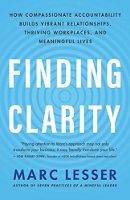 For Marc Lesser the key to healthy relationships and effective workplaces is compassionate accountability — a practical and trainable way to clarify and achieve shared visions of success. Numerous examples include:
For Marc Lesser the key to healthy relationships and effective workplaces is compassionate accountability — a practical and trainable way to clarify and achieve shared visions of success. Numerous examples include:
• facing rather than avoiding conflict for the long-term benefit of all.
• working with and through difficult emotions with clarity, care, and connection.
• understanding the stories we live by and evaluating whether they’re serving us well.
• learning to listen and lead in ways that align with our mission and values.
Click here for more info and/or to order this paperback book. Also available as an Audiobook and as a Kindle edition.
About the Author
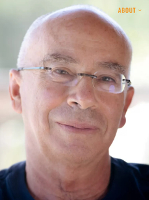 Marc Lesser, the author of Finding Clarity, is a CEO, executive coach, trainer, and Zen teacher with more than twenty-five years of experience as a leader supporting leaders to reach their full potential, as business executives and as full, thriving human beings. He is currently CEO of ZBA Associates, an executive coaching and development organization.
Marc Lesser, the author of Finding Clarity, is a CEO, executive coach, trainer, and Zen teacher with more than twenty-five years of experience as a leader supporting leaders to reach their full potential, as business executives and as full, thriving human beings. He is currently CEO of ZBA Associates, an executive coaching and development organization.
Visit him online at marclesser.net.
More Books by the author.
























